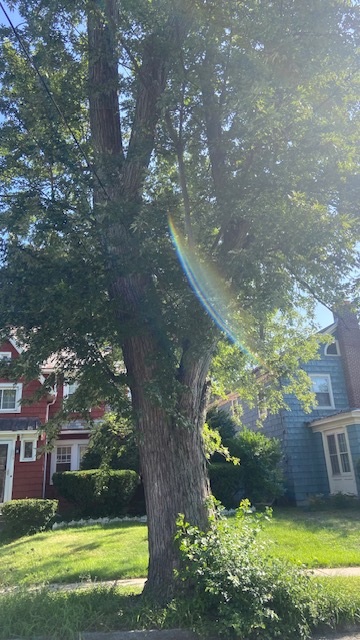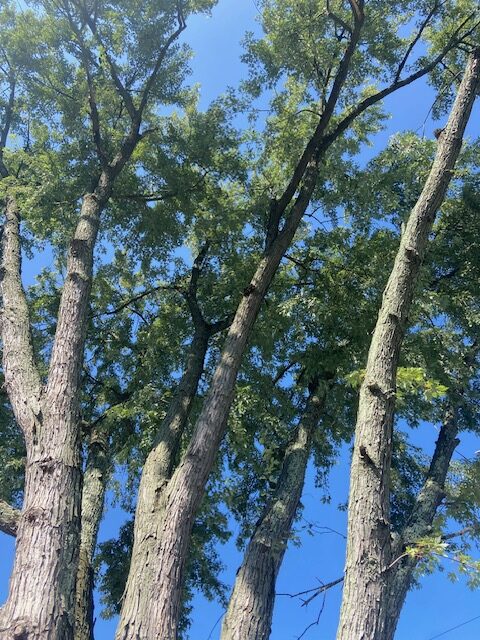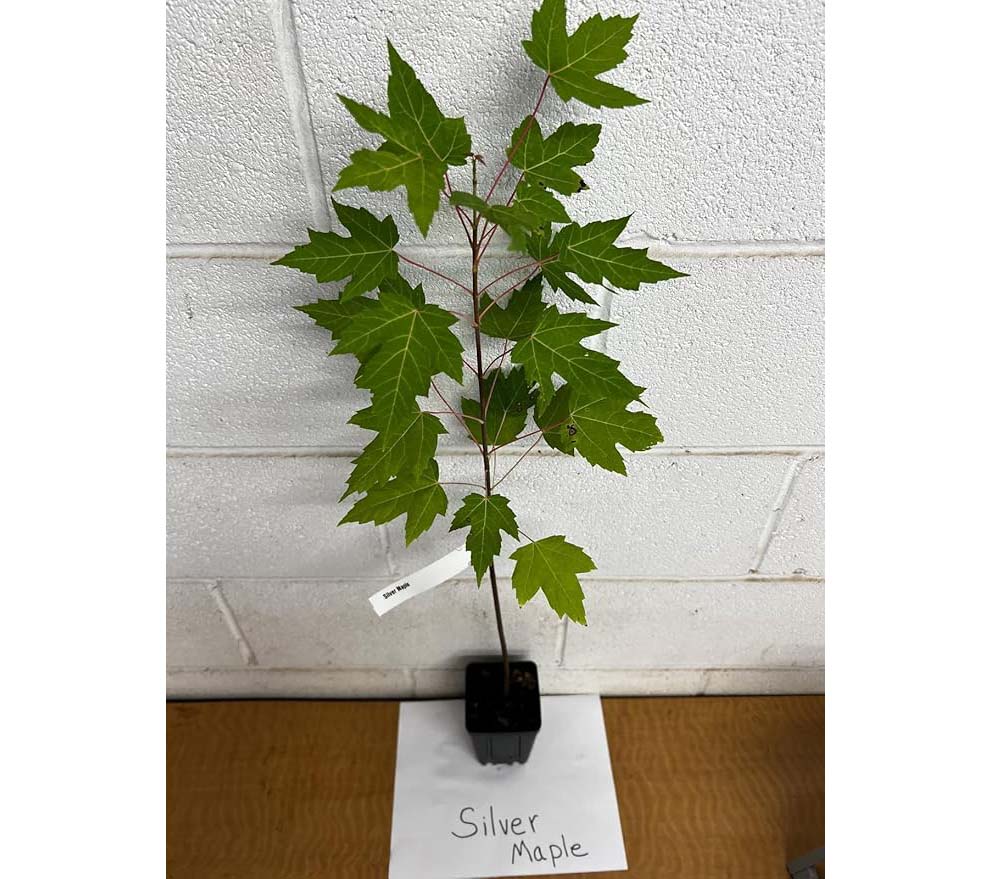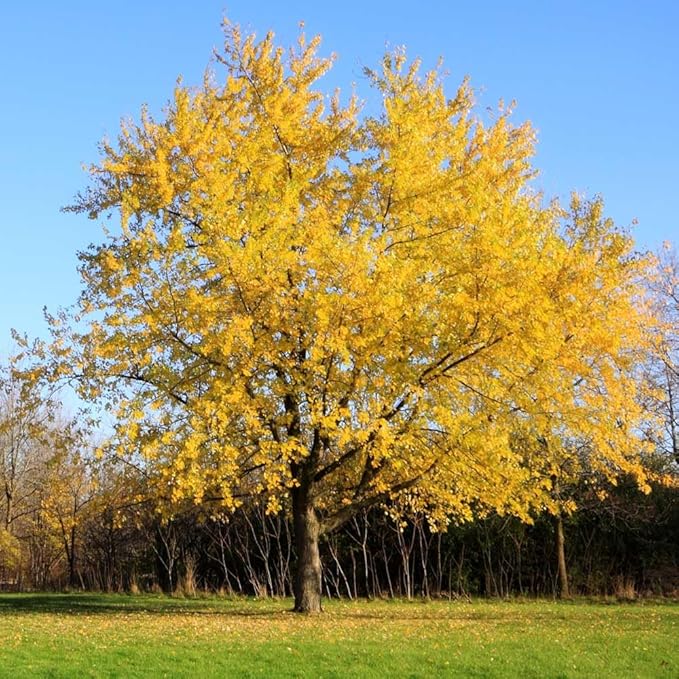
Silver Maple Trees in New York: A Beautiful Tree with a Complex Legacy
Silver Maples (Acer saccharinum) are undeniably stunning trees. Their silvery bark, massive trunks, and glossy leaves shimmer in the sunlight. Contrary to some misconceptions, Silver Maples are indeed native to New York State and much of the eastern United States. They thrive in wet soils along rivers and streams, and their impressive height, reaching up to 125 feet, makes them a dominant presence in any landscape. Their ability to sequester carbon, produce oxygen, and provide shelter and food for wildlife are significant contributions to the environment.
Infrastructure Impact of the Silver Maple.
Despite their beauty, indigenous status and ecological contributions, Silver Maples can present challenges in urban and suburban settings. Their extensive root systems can invade front yards and potentially clog utility systems. Acer saccharinum can be tapped for sap to produce a syrup-like product, but they’re not as beloved as native Sugar Maples (Acer saccharum). Sugar Maples, which are also native to New York, are an easier fit on a wider range of properties. They contribute very effectively to soil health and produce the iconic maple syrup known and loved by many.
The Problems with Silver Maple trees:
Weak Wood and Structural Issues.
- Brittle Wood: Silver Maples have relatively weak and brittle wood, making them prone to breaking during storms or high winds. This can lead to significant property damage and poses safety risks.
- Frequent Maintenance: Because of their tendency to drop branches, they often require more maintenance, which can be costly and time-consuming.
2. Aggressive Root System.
- Invasive Roots: The tree’s roots are extensive and shallow, often growing close to the surface. They can invade lawns, gardens, and even damage sidewalks, driveways, and foundations.
- Competing for Resources: The aggressive root system can outcompete other plants for water and nutrients, making it difficult to grow anything else nearby.
3. Messy Appearance.
- Leaf and Seed Drop: Silver Maples are known for shedding large amounts of leaves, seeds (samaras), and twigs, creating a constant mess that requires regular cleanup.
- Sap Drip: The tree’s sap can be sticky and may drip onto cars, driveways, and outdoor furniture, which many people find bothersome.
4. Rapid Growth.
- Short Lifespan: While Silver Maples grow quickly, they also tend to have a shorter lifespan compared to other hardwood trees. This rapid growth can lead to structural weaknesses.
- Size Management: Their fast growth often results in trees that outgrow the space they were planted in, requiring more frequent pruning and sometimes even removal.
Respecting the mature Silver Maples that already exist is important, but recognizing the challenges of these native species is also okay. Silver Maples are valuable members of our urban forests, providing shade, carbon sequestration, and habitat for songbirds. However, for new plantings in urban and suburban places, most people prefer to choose other native Maple species like the Red Maple or the aforementioned Sugar. These (Acer rubrum and A. saccharum) are slower growing than A. saccharinum. Additionally, they live longer with less storm damage and sidewalk disruptions.

Silver Maple tree canopies are indeed enormous and majestic. However, when planning new plantings, best practice is to opt for a slower growing deciduous native. As has been noted, Sugar or Red Maples are good choices. Comparatively consider the native Oaks, Sycamore, Hickories, Cherries or Birch. Their long-term ecological benefits are dynamic, ensuring our landscapes remain beautiful, resilient, and supportive of New York’s unique natural heritage.

How to hire Jessecology for your native tree planting project:
We’d love to meet you! Certainly, our team can plant native trees for your Saratoga, Albany, or Niskayuna region home or business. Please fill out our customer intake form, and we’ll be in touch soon.


